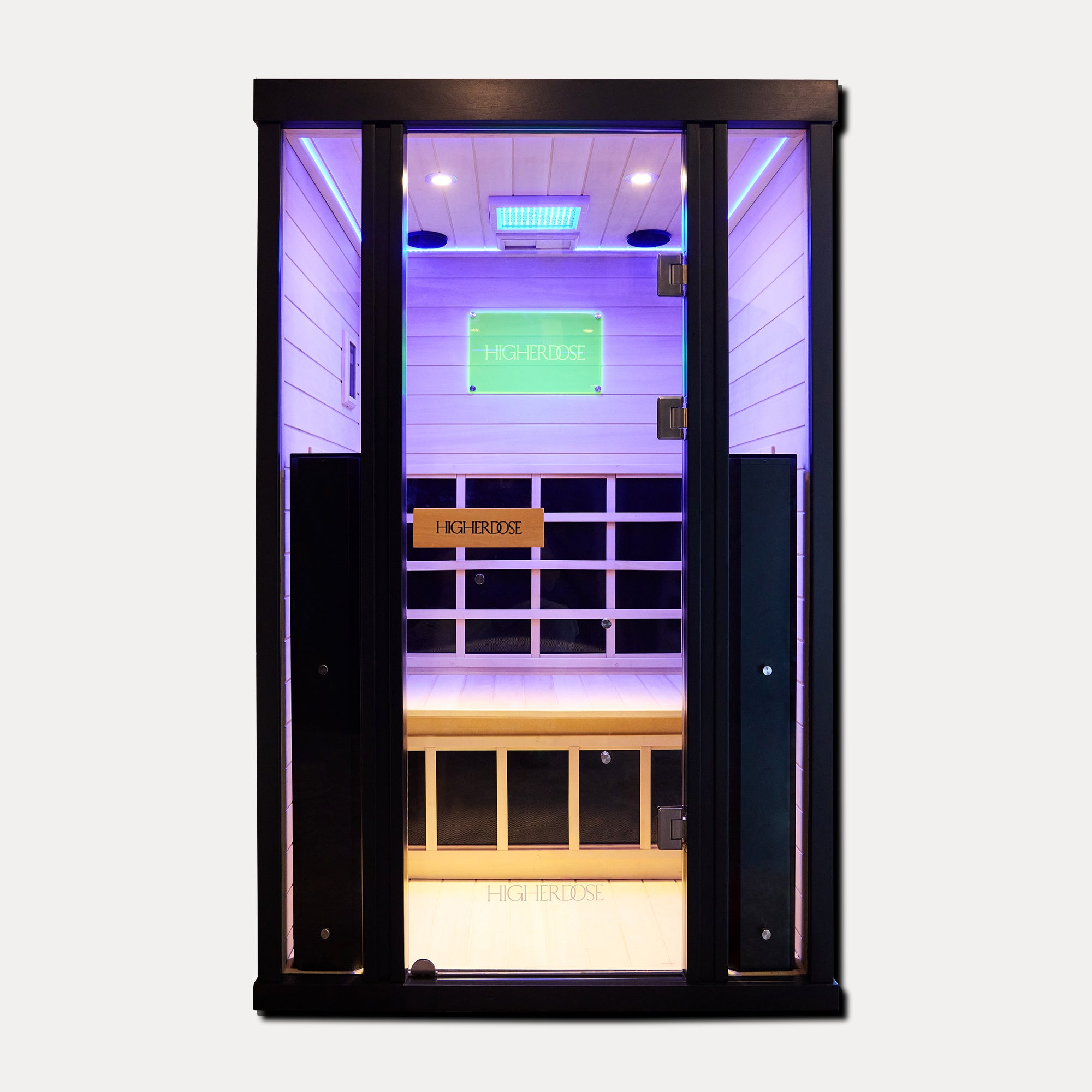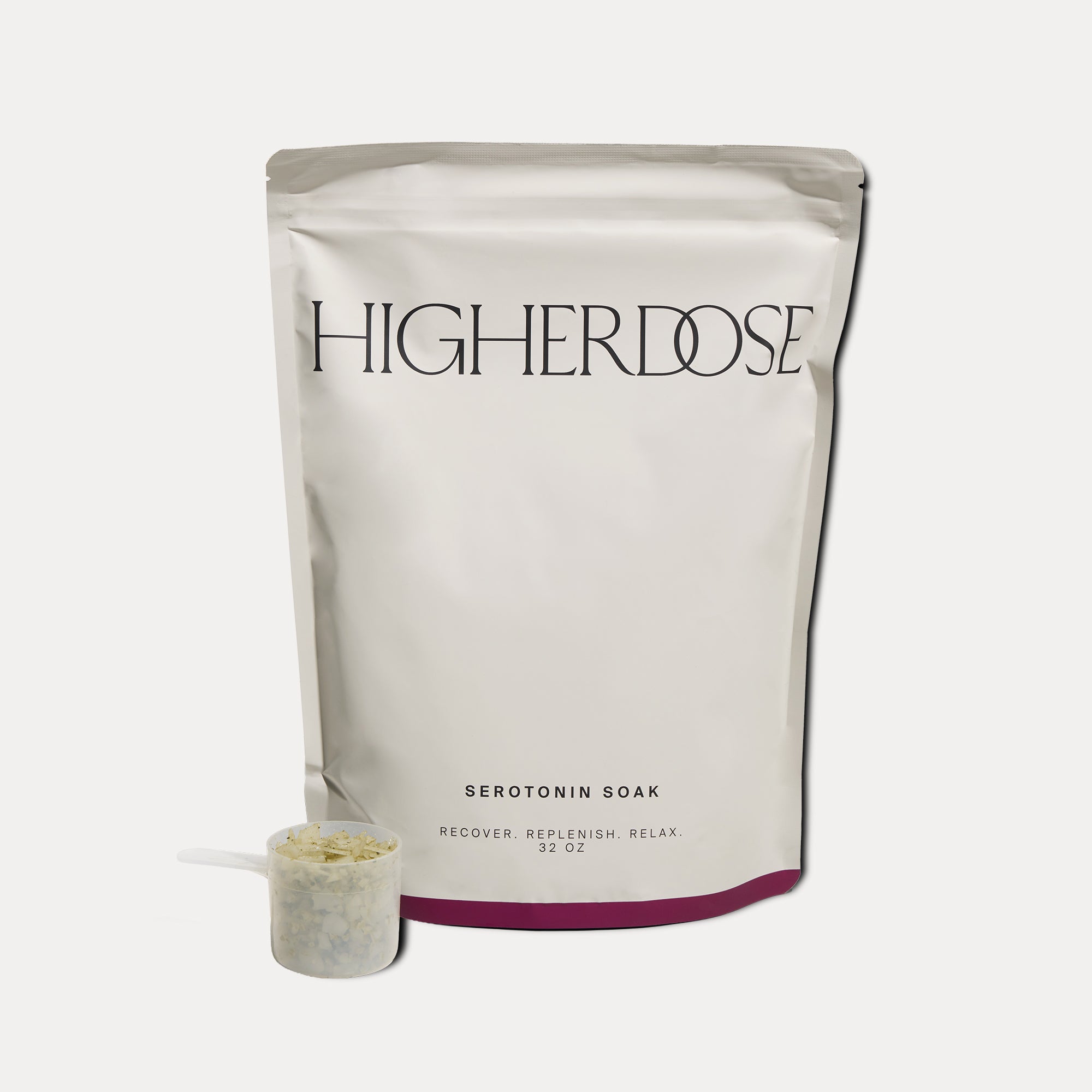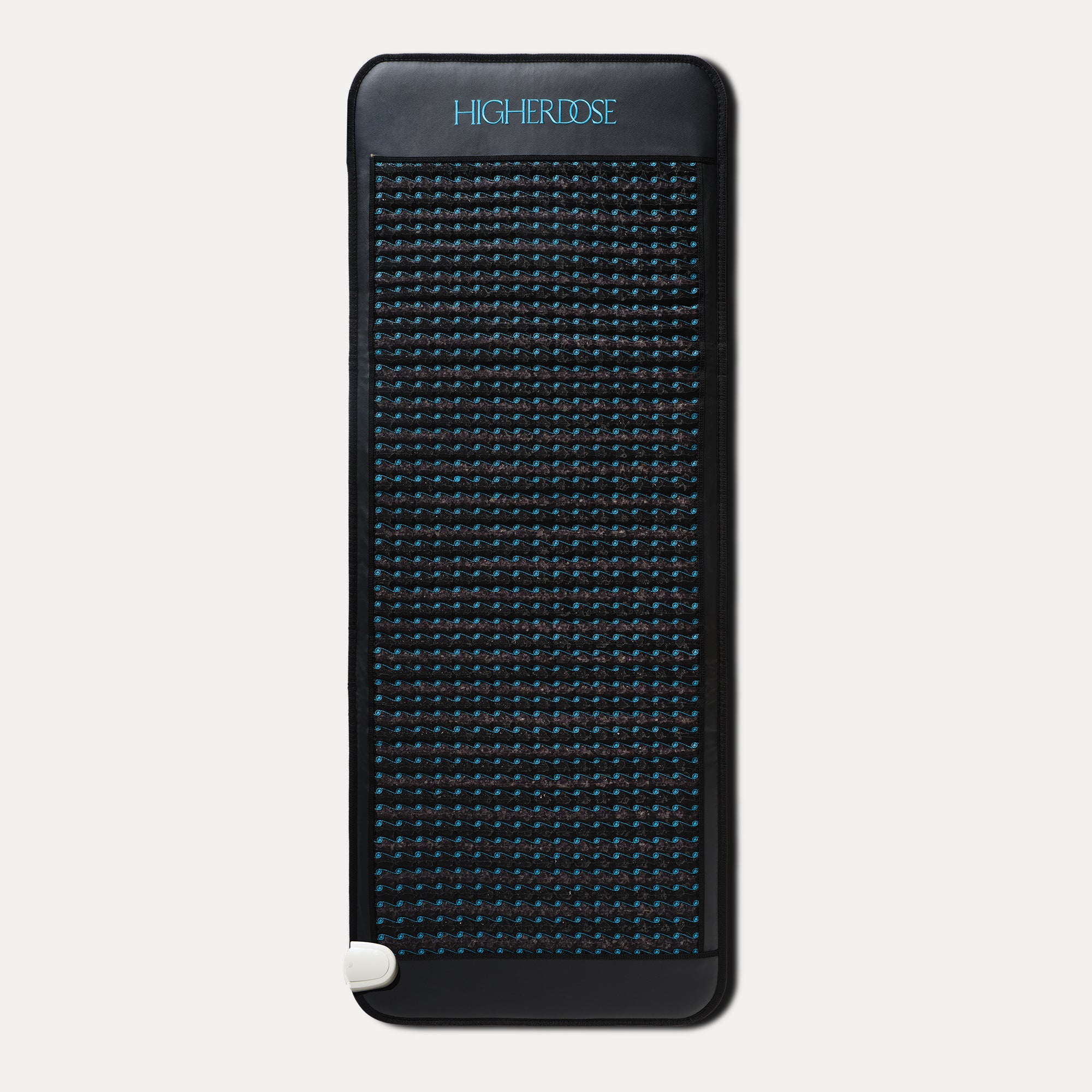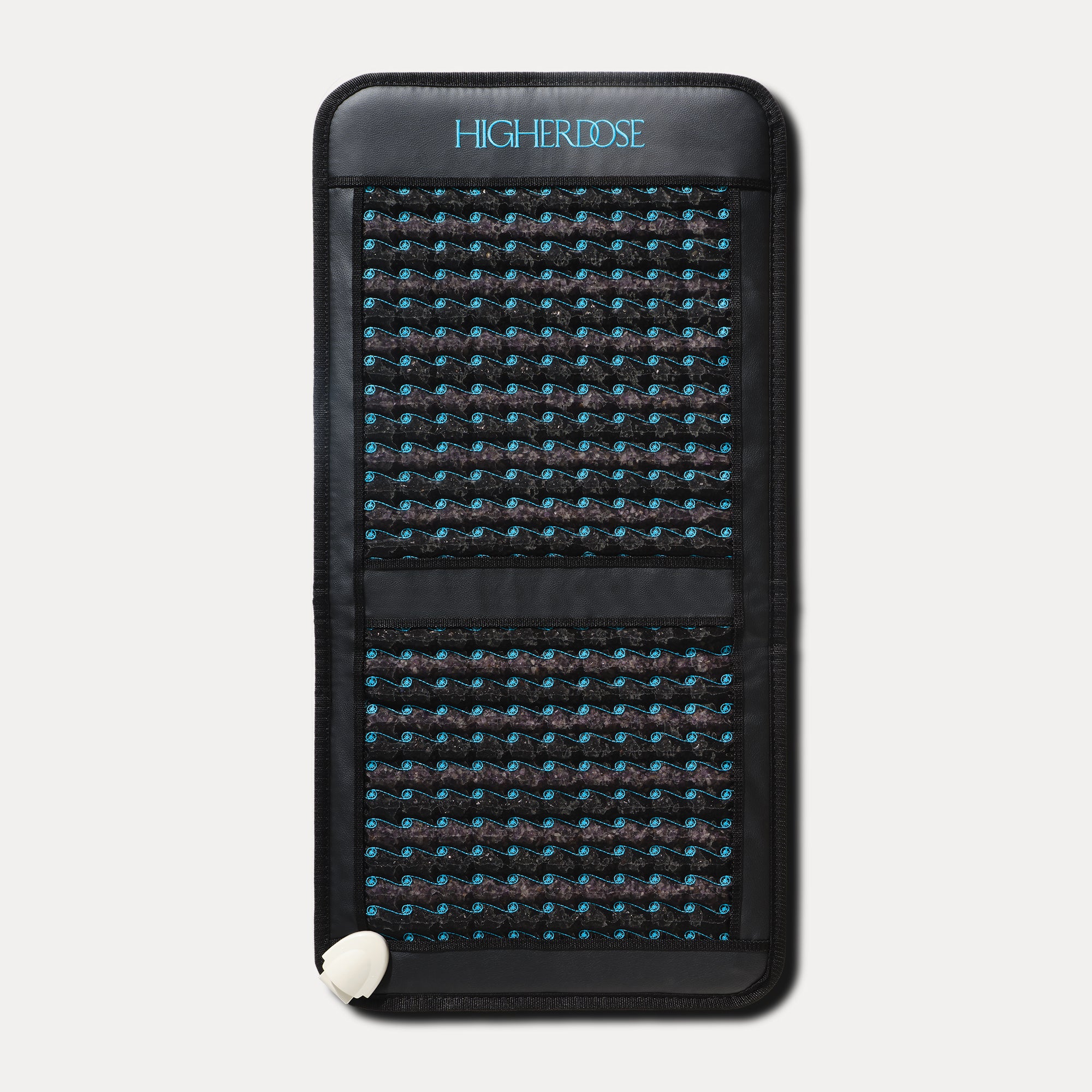
Can Magnesium Help Relieve Muscle Pain?
Muscle pain may be one of those things that you simply learn to deal with. But it can also be chronic and even lead to anxiety and depression that can be life-disrupting. Many people resort to the habit of taking painkillers, whether non-opioid to opioid analgesics, to get some relief. It's typical to take this DIY analgesic route until the pain gets "serious enough" to warrant a visit to the doctor.
But while popping pills to alleviate sore muscles does work and can be pretty convenient, their long-term use can pose certain health risks. Typical side effects can include nausea, stomach bleeding, ulcers, high blood pressure, and kidney problems. Also, prolonged use or high doses can diminish the efficacy of the painkillers as our bodies develop tolerance to the drugs.
So does this mean you need to choose between two evils一either live in pain or suffer the consequences of downing pain relievers? Not necessarily. In this article, we'll talk about how magnesium can be a safe and worthwhile addition to your current pain management.
How do muscles become painful?
A National Health Interview Survey reveals that 1 out of 5 adults suffer from chronic pain in the U.S., reporting everyday or almost-daily pain. This shows that muscle pain is widespread. As a result, one may experience a lower quality of life, diminished productivity, and higher medical and economic costs. So why does myalgia or muscle aches and pains happen?
Our muscles contain nociceptors or nerve endings that pick up signals from damaged tissues or potential cellular injury. These sensory receptors connected to our central nervous system also react to the chemicals coming from these tissues. Whenever our bodily tissues get distressed, our immune system sends out its rescue team of chemicals to fix the perceived problem. Two of these chemicals, ATPs (adenosine triphosphate) and protons, activate the receptors. This excites the nerve endings, which produces painful sensations.
Typical triggers that induce the body to release its army of ATPs and protons are stress, tension, overuse, and minor injuries. Possibly more severe stimuli include infections, medications, muscular dystrophy (weakening of muscles and loss of muscle mass), and auto-immune disorders. So, where does magnesium factor in?
Benefits of magnesium for muscle pain
Magnesium is dubbed as a wonder drug—and with good reason. Although it's popular for treating constipation, relieving indigestion, and counteracting heartburn, its potency goes beyond these. Today, doctors use the miracle mineral to manage preterm labor, lower blood pressure, reduce symptoms of depression, and strengthen cancer prevention strategies, among many others. And it can also play a pivotal role in muscle pain relief. So let's break down how magnesium for muscle pain can address some of its triggers.

1. It can help you sleep better.
You can tell if someone has slept poorly by their puffy look and dark under-eye circles. Or they can also seem sluggish and have difficulty concentrating. But did you know that sleepless nights can also lead to a pain-filled day? Research reveals that sleep deprivation reduces our bodies' capabilities to relieve pain. During the experiment, brain scans showed increased pain sensitivity following the loss of quality slumber.
Magnesium can enhance sleep quality by effectively relaxing your mind and body. The essential mineral activates the parasympathetic nervous system, which controls our ability to be calm. Once our nerve activity is in quiet mode, it can be easier to doze off and sink into a deep sleep. When you're more rested, you have a better chance of keeping bodily pains at bay.
2. It may boost your workout performance.
During exercise, your body uses oxygen to convert glucose or blood sugar into energy. If the workout is particularly intense and there isn't enough oxygen, your body will produce a substance called lactate. This substance will then be converted into energy even without oxygen to augment your requirements. The problem with lactate or lactic acid is that it can build up in your bloodstream, producing burning sensations in your muscles, cramps, weakness, and fatigue. The post-workout pain can hinder you from exercising consistently.
Power up with magnesium to help you get back on your feet. The essential mineral can help relieve muscle pain by getting glucose, the body's main energy source, into the muscles. This increases blood sugar availability for exercise and other activities. In addition, research shows that magnesium helps neutralize the pain-generating lactic acid during exercise. A separate finding demonstrated that those who had higher magnesium intake boosted muscle mass and power. Yet another study showed that magnesium supplements might protect muscles from getting damaged.
3. It reduces inflammation.
Inflammation is another stimulus for muscle pain. When our tissues are injured by bacteria, viruses, trauma, and other causes, the body sends out first responders in the form of cytokines. These particular proteins activate the immune system to do its job. The sudden upsurge of cytokines triggers the inflammatory response.
Studies link low magnesium intake to a higher risk of inflammation. This has implications for the aging process and chronic disease management. Studies show that taking magnesium supplements reduces C-reactive proteins produced by the liver. High levels of this protein indicate acute inflammation.
Magnesium deficiency is also associated with increased oxidative stress. This type of stress happens when you don't have enough antioxidants to fight off the free radicals (unstable molecules linked with aging and many diseases) attacking your cells. Adequate magnesium levels can help stave off the inflammation that gives rise to muscle pain.

4. It may relieve PMS symptoms.
When the crimson tide rises, it's common for females in the reproductive stage to expect the onslaught of premenstrual syndrome (PMS) symptoms. These may include migraine attacks, headaches, bloating, mood changes, and abdominal cramps. If you are a PMS sufferer, taking magnesium may help regulate menstrual pain. Several studies show that magnesium for muscle pain can help reduce the severity of PMS symptoms.
Excess calcium can also result in muscle contractions. Magnesium is a natural calcium-blocker that helps muscles relax. So when magnesium levels dip during the monthly cycle, you can end up experiencing muscle cramps.
Optimizing your dose of magnesium for muscle pain
If you are deficient in magnesium, here are several tips to help you boost your body's supply.
1. A magnesium-rich diet
Fortify your magnesium reserves with foods abundant in magnesium. Eating your way to higher magnesium levels is safe because your body will expel the excess in urine.
- Seeds like flax, pumpkin, and chia seeds
- Nuts like almonds, cashews
- Legumes like edamame, black beans, and lima beans
- Fish like salmon, mackerel, halibut
- Leafy greens like kale, spinach, broccoli, collard greens, turnip greens, and mustard greens
- Fruits like avocados, bananas, guavas, kiwi, papayas, blackberries, raspberries, and cantaloupes
- Yogurt
2. Magnesium supplements
You can also raise your body's magnesium stores by taking magnesium supplements. However, it can get confusing because there are different kinds, from magnesium citrate to magnesium lactate, magnesium taurate, etc. To ensure you get the right type and dose of magnesium supplement, consult your doctor.
3. Infrared light therapy
Vitamin D can also help boost your body's absorption of magnesium. One way to increase vitamin D is through sun exposure. Some scientists suggest soaking up the sun at noon, without sunscreen, for at least 10 to 30 minutes. This is the recommended time during the day because it's when the UVB rays are the most intense, allowing you to get sufficient vitamin D in less time. However, unprotected exposure over time can lead to premature skin aging, DNA damage, and serious diseases such as skin cancer.
Vitamin D production without the sun is possible with phototherapy, which is, of course, therapy that uses light. One natural and safe phototherapy leverages the power of infrared light.
Infrared light waves are beyond the visible light spectrum, so we can only feel them. However, because of their longer wavelengths, they can go through the dense vastness of space without being scattered or absorbed by cosmic gas and dust. As a result, astronomers and scientists use infrared light to reveal objects in the universe invisible to the human eye. The medical community has also realized this deeply penetrating property of infrared light. Today, infrared light therapy is used to improve blood circulation, relieve pain and fatigue, improve blood circulation, relieve pain and fatigue, and treat various health problems.
Yet not all infrared light therapies are created equal. Trust only the best with HigherDOSE for top-notch cutting-edge infrared treatments.
Safely and effectively dose up on vitamin D and boost your levels of magnesium for muscle pain with our devices, like the HigherDOSE Infrared Sauna Blanket and HigherDOSE Infrared PEMF Mat. These perfectly harness the healing power of nature via advanced wellness technologies and are reimagined to fit your lifestyle. Visit us at HigherDOSE to learn more!





























